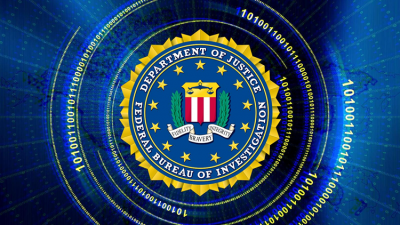Check Point Research recently revealed new statistics regarding cyberattack in 2022. According to their findings, the number of cyberattacks in the last year was 38% higher in 2021. This trend appears to be directly in link to the security gaps created. As more and more individuals and businesses transitioned to working and studying remotely, vulnerabilities in their digital systems and networks were exposed. Making them more susceptible to cyberattacks. This highlights the importance of maintaining strong cybersecurity measures in the ever-evolving digital landscape.
Some cyberattack stats your way
In the fourth quarter of 2022, the volume of global cyberattacks reached its highest point. Organizations experience an average of 1,168 weekly attacks. The education and research sector, government, and healthcare sectors were the most affected, with an average of 2,314, 1,661, and 1,410 weekly attacks per organization. Africa, with 1,875 weekly attacks per organization, tops the chart, followed by the Asia Pacific region, with 1,691 attacks. Notably, the United Kingdom observed a significant increase in overall cyberattacks, with a 77% increase. The United States and Singapore also experienced notable increases, with 57% and 26%, respectively.
Why this matters?
The ransomware ecosystem is constantly evolving and expanding as smaller, more agile criminal groups form to evade law enforcement. These groups are becoming increasingly sophisticated in their tactics, targeting business collaboration tools such as Slack, Teams, OneDrive, and Google Drive with phishing exploits. This is particularly concerning as remote work has led to increased use of these tools, making them vulnerable to attack.
In addition, academic institutions have become a popular target for cybercriminals due to the rapid digitization they underwent in response to the COVID-19 pandemic. With many students and staff working remotely, these institutions are now more vulnerable to cyberattacks.
Furthermore, the healthcare sector is a particularly lucrative target for hackers. Threat actors aim to retrieve sensitive information. This includes health insurance information, medical record numbers, and sometimes even social security numbers. This data type can be highly valuable on the black market and used for identity theft and other nefarious purposes. Healthcare organizations must be vigilant in their cybersecurity efforts. It helps to protect patient data and ensure the continued trust of their patients.
AI-assisted cyberattack
In November 2022, OpenAI introduced ChatGPT, which immediately drew significant attention and sparked interest in the potential uses of AI. However, it also brought to light a new concern in cybersecurity. It became apparent that less skilled hackers could easily use code generation capabilities to launch cyberattacks.
Upon examination of multiple prominent underground hacking groups, it has been discovered that cybercriminals have been using OpenAI to create harmful tools for their nefarious activities. This highlights the need for increased security measures to protect against the misuse of AI technology by malicious actors. It also underlines the importance of responsible development and deployment of AI systems to mitigate potential risks and negative impacts.
The Bottom Line
The expert emphasizes the significance of maintaining a robust cybersecurity posture to protect against potential threats. To achieve this, they suggest taking several proactive measures, such as providing cyber awareness training to employees, regularly applying patches to software, updating software as new versions become available, and implementing a proactive defense solution. By taking these steps, organizations can ensure they are well equipped to defend against cyber attacks and maintain a high level of security. Active participation and consistent efforts towards these measures can ensure the organization’s safety from cyber threats.





